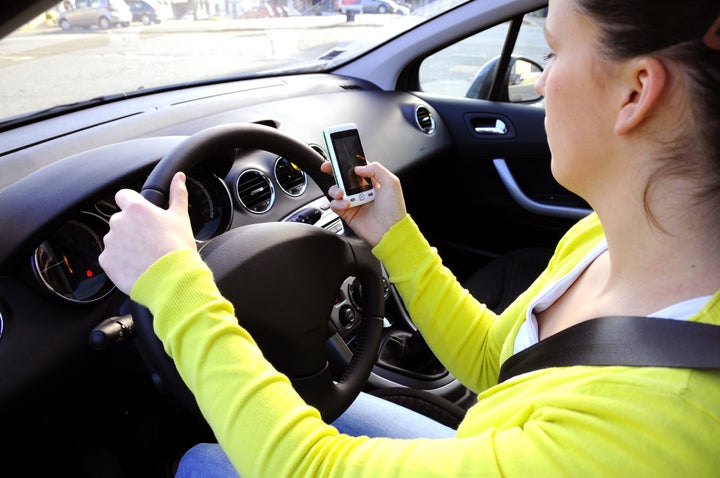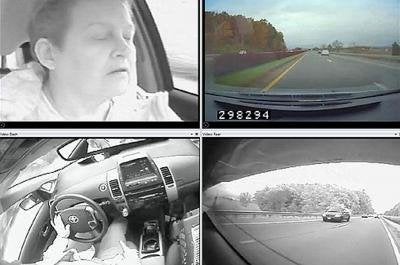
You probably know that texting while driving isn't safe. But you may not be aware that distracted driving in its many forms is one of the greatest threats to driver safety, according to public health experts.
New Virginia Tech research, published in the journal Proceedings of the National Academy of Sciences, finds that when drivers engaged in distracting activities -- including crying, reaching for objects and interacting with others in the car -- they more than doubled their risk of crashing.
"These findings are important because we see a younger population of drivers, particularly teens, who are more prone to engaging in distracting activities while driving," Tom Dingus, lead author of the study and director of the Virginia Tech Transportation Institute, told The Huffington Post in an email. "Our analysis shows that, if we take no steps in the near future to limit the number of distracting activities in a vehicle, those who represent the next generation of drivers will only continue to be at greater risk of a crash."
For the study, the researchers used the Transportation Institute's naturalistic driving method, which uses technology -- including radars, sensors and cameras -- that is put in vehicles to collect real-world data and analyze drivers performance on the road.

The researchers examined data from 3,500 drivers over a three-year period, pulled from across six collection sites in the U.S. They documented 1,600 crashes, including 905 more high-severity crashes, during that time. Using the naturalistic driving technique, they were also able to document the factors that led to the crashes.
Aside from using a cell phone while driving, here are some of the other distractions that were found to greatly increase crash risk:
Reading or writing
Reaching for an object other than a phone
Using a touchscreen on a GPS or other vehicle technology
Driving while angry, sad, crying or highly emotional
Fatigue
Interacting with an adult or teen passenger
The researchers compared the crash rates of distracted drivers and model drivers (those who were determined to be "alert, attentive and sober") to determine the increased crash risk. Based on analysis of six seconds of pre-crash video examined they found that 68 percent of the more than 900 severe crashes involved some type of observable distraction.
"We found in this analysis that, next to impairment, distraction is the greatest detriment to driver safety," Dingus told HuffPost. "Distractions that take the driver’s eyes away from the roadway the longest -- such as visual-manual tasks -- greatly increase a driver’s crash risk."
Surprisingly, the researchers found that applying makeup and following a vehicle too closely -- factors which have previously been associated with an increased rate of accidents -- were not found to significantly factor into crashes. They also found that drivers who had a child in the car were actually less likely to have an accident.
"It is our hope that our conclusions will better inform policymakers, driver educators, law enforcement agencies, vehicle designers, and the general public about the risks of various sources of impairment, error, and distraction," Dingus said, "so that appropriate actions can be taken to help reduce such risks."
Also on HuffPost:

